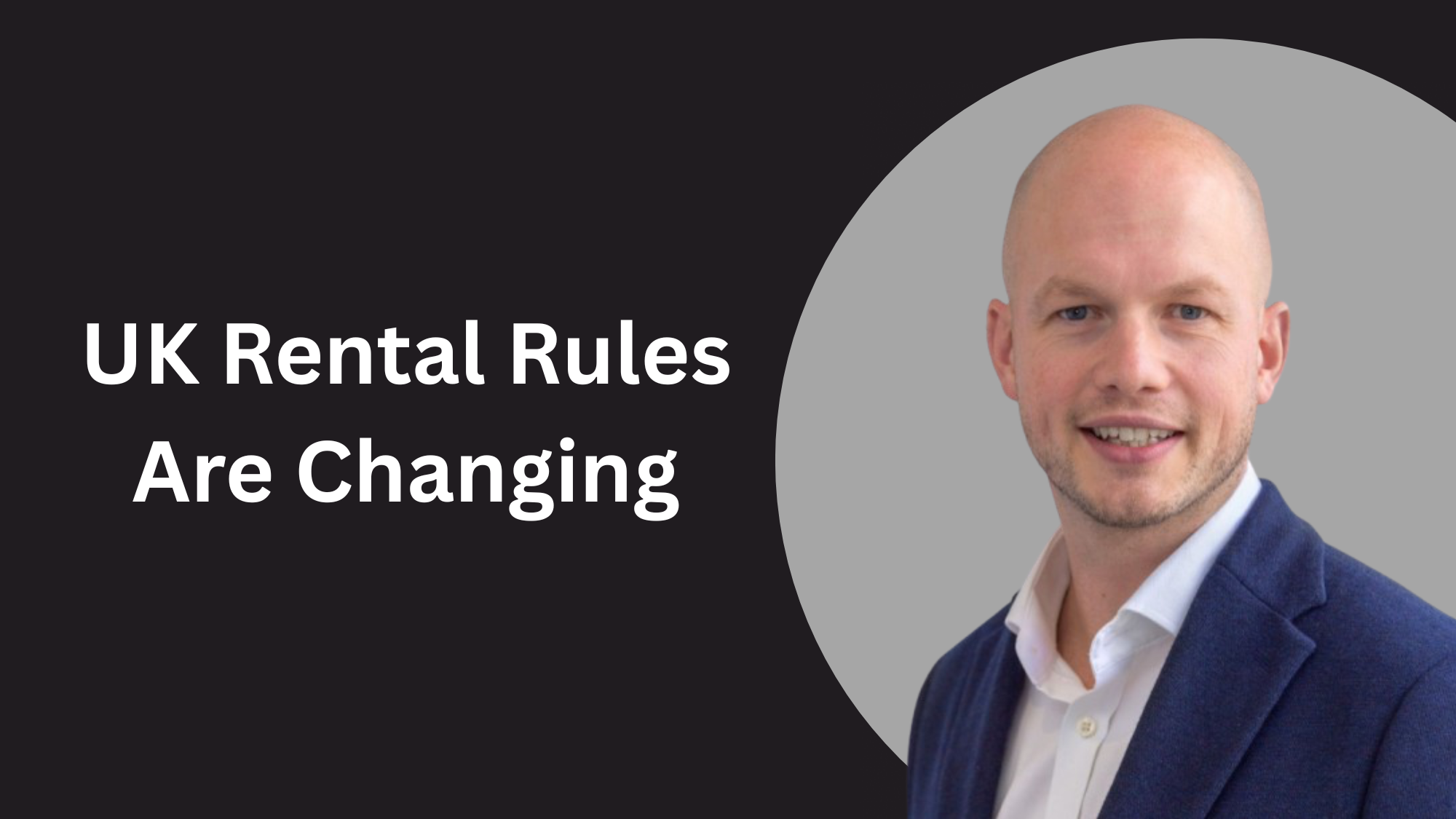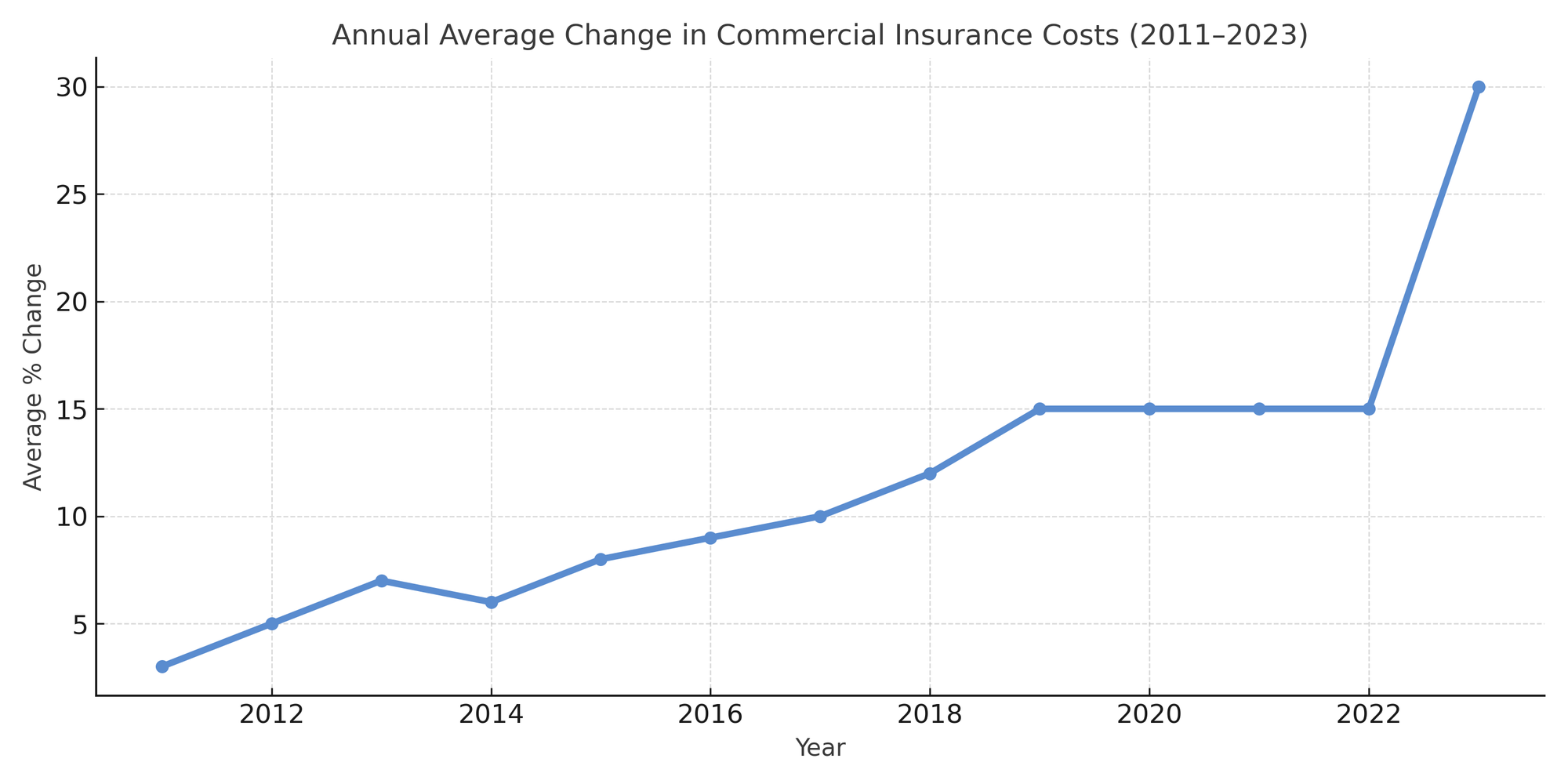The Cost of Reinsurance Is Quietly Becoming the New Rent Control
-

 Finance PhD student at UT Austin exploring markets, investments, and financial decision-making.
Finance PhD student at UT Austin exploring markets, investments, and financial decision-making.
 PhD student at UT Austin researching crypto, fintech, and financial fraud, bridging finance, engineering, and data-driven investigation.
PhD student at UT Austin researching crypto, fintech, and financial fraud, bridging finance, engineering, and data-driven investigation. - •
- •
- 5 min read

Read Next

The Future of UK Lettings: Strategic Insights for Investors in a Changing Market


Endrit Zefi is Co-founder & Director at Propertymade Residential, specialising in UK lettings, asset performance, and resilient portfolio strategy.

How Local Rules Turn Stable Property Markets into Risky Investments


Real estate & strategic finance professional bridging portfolio strategy, asset performance, and executive decision-making.

Permanent Capital: The New DNA of Dubai’s Luxury Investors


Effective leader & communicator with 20+ years’ experience. Known for clarity, trust-building, and inspiring action. Skilled in crafting persuasive content, connecting across cultures, and fostering growth-driven teams.

Location premiums are obvious, but their impact on time-to-sale is wildly underestimated.


I’m a real estate expert with 20+ years in valuation, taxation, and investment. Founder & CEO of AXIA Chartered Surveyors and Assistant Professor at Neapolis University, uniting industry insight with academic innovation.


Real estate economist and investment strategist with 16+ years’ global experience, specialising in portfolio optimisation, forecasting, and advanced market analysis.

Affordability fears persist, yet high-income buyers lead green demand, signalling a misaligned product strategy.


Sustainability Expert & Civil Engineer with 14+ years’ experience in Europe and the Middle East. Lecturer at Neapolis University Pafos, focused on sustainable development and energy-efficient real estate.


I’m a real estate expert with 20+ years in valuation, taxation, and investment. Founder & CEO of AXIA Chartered Surveyors and Assistant Professor at Neapolis University, uniting industry insight with academic innovation.

Staying Ahead of the Renters’ Rights Act 2025: A Practical Guide for UK Landlords


Co-founder and Director at Propertymade Residential, leading compliance-focused lettings, planned maintenance strategy, and high-standard property management across the UK rental market.

The New Core of Global Wealth: How Dubai Became an Institutional Asset Class


Effective leader & communicator with 20+ years’ experience. Known for clarity, trust-building, and inspiring action. Skilled in crafting persuasive content, connecting across cultures, and fostering growth-driven teams.

While Dubai Builds Smart Cities, Investors Still Rely on Instinct; Not Intelligence


Marketing and international business scholar with 25+ years’ experience, researching branding, consumer behavior, and digital marketing.


Management scholar with PhD and MBA from leading Jordanian universities, specializing in business education and academic leadership.
Subscribe to Newsletter
Join me on this exciting journey as we explore the boundless world of web design together.











